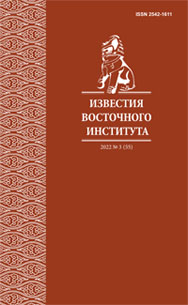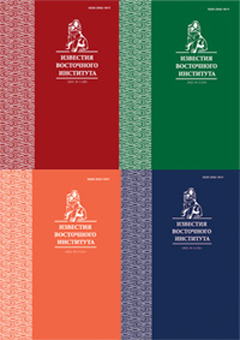Невербальная семиотика в нарративе аккультурации (на материале русско-американской прозы)
DOI:
https://doi.org/10.24866/2542-1611/2022-3/23-31Ключевые слова:
невербальная семиотика,, аккультурация,, культурный шок,, проксемное поведение,, сарториальный язык,, русско-американская литератураАннотация
Изучение невербальной семиотики в иммигрантской литературе может выявить нарратив аккультурации, или историю адаптации к новой культуре, что в данной статье показано на материале прозы
современной русско-американской писательницы Лары Вапняр. Особое значение для семиотического анализа имеют сарториальный язык (семиотика одежды и аксессуаров) и проксемное поведение (освоение пространства, что включает кинесику и сенсорику). Исследование опирается на классические труды Эдварда Т.
Холла, а также на работы современных авторов Кейт Фокс и Г.Е. Крейдлина





